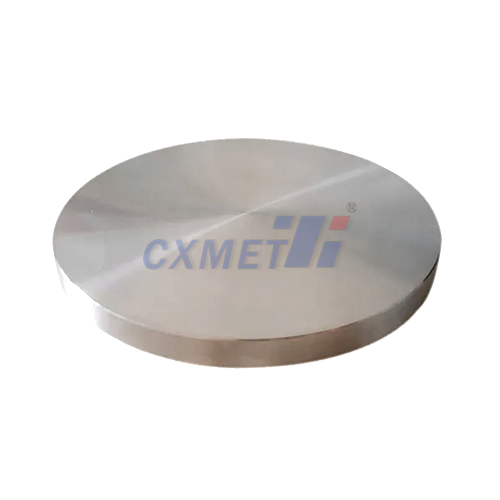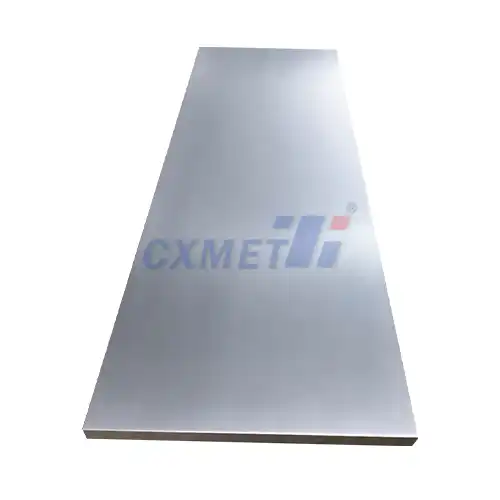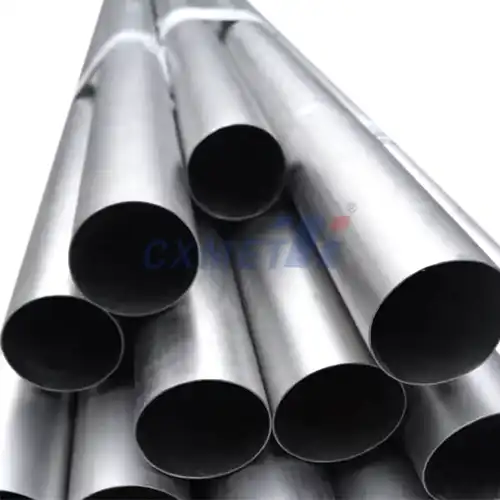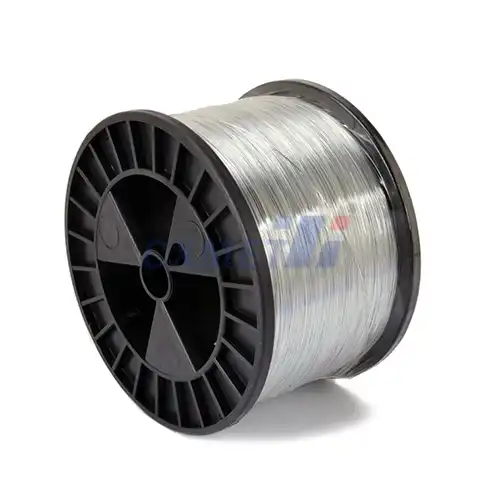- English
- French
- German
- Portuguese
- Spanish
- Russian
- Japanese
- Korean
- Arabic
- Greek
- German
- Turkish
- Italian
- Danish
- Romanian
- Indonesian
- Czech
- Afrikaans
- Swedish
- Polish
- Basque
- Catalan
- Esperanto
- Hindi
- Lao
- Albanian
- Amharic
- Armenian
- Azerbaijani
- Belarusian
- Bengali
- Bosnian
- Bulgarian
- Cebuano
- Chichewa
- Corsican
- Croatian
- Dutch
- Estonian
- Filipino
- Finnish
- Frisian
- Galician
- Georgian
- Gujarati
- Haitian
- Hausa
- Hawaiian
- Hebrew
- Hmong
- Hungarian
- Icelandic
- Igbo
- Javanese
- Kannada
- Kazakh
- Khmer
- Kurdish
- Kyrgyz
- Latin
- Latvian
- Lithuanian
- Luxembou..
- Macedonian
- Malagasy
- Malay
- Malayalam
- Maltese
- Maori
- Marathi
- Mongolian
- Burmese
- Nepali
- Norwegian
- Pashto
- Persian
- Punjabi
- Serbian
- Sesotho
- Sinhala
- Slovak
- Slovenian
- Somali
- Samoan
- Scots Gaelic
- Shona
- Sindhi
- Sundanese
- Swahili
- Tajik
- Tamil
- Telugu
- Thai
- Ukrainian
- Urdu
- Uzbek
- Vietnamese
- Welsh
- Xhosa
- Yiddish
- Yoruba
- Zulu
What Makes Gr23 ERTi-23 Different from Other Titanium Alloys?
2025-07-16 14:41:38
Gr23 ERTi-23, also known as Gr23 ERTi-24 Medical Titanium Wire (Extra Low Interstitial), is a high-purity variant of the widely used Ti-6Al-4V alloy. This titanium alloy stands out from other titanium alloys due to its unique combination of properties, including exceptional strength-to-weight ratio, excellent corrosion resistance, and superior biocompatibility. These characteristics make Gr23 ERTi-23 particularly suitable for critical applications in aerospace, medical, and marine industries where high performance and reliability are paramount.
|
|
|
How does the composition of Gr23 ERTi-23 contribute to its properties?
The composition of Gr23 ERTi-24 Medical Titanium Wire plays a crucial role in determining its exceptional properties. This alloy is primarily composed of titanium (Ti) with 6% aluminum (Al) and 4% vanadium (V), along with trace amounts of other elements. The "ELI" designation indicates that this alloy has reduced levels of interstitial elements such as oxygen, nitrogen, and carbon compared to standard Ti-6Al-4V.
The aluminum content in Gr23 ERTi-23 contributes to its strength and helps stabilize the alpha phase of the titanium crystal structure. Aluminum also improves the alloy's oxidation resistance at elevated temperatures. Vanadium, on the other hand, acts as a beta stabilizer, enhancing the alloy's formability and heat treatment response.
The reduced levels of interstitial elements in Gr23 ERTi-23 are key to its improved ductility and fracture toughness compared to standard Ti-6Al-4V. Lower oxygen content, in particular, results in better fatigue resistance and crack propagation properties. This makes Gr23 ERTi-23 an excellent choice for applications requiring high reliability and long service life, such as aerospace components and medical implants.
The unique composition of Gr23 ERTi-23 titanium alloy plays a crucial role in its exceptional corrosion resistance, which is one of its most prized characteristics. Titanium, by its very nature, has the ability to form a stable and protective oxide layer (TiO2) when exposed to oxygen, even at ambient temperatures. This oxide layer acts as a barrier, preventing further oxidation and protecting the underlying metal from degradation. What sets Gr23 ERTi-23 apart is the presence of specific alloying elements that not only promote the formation of this oxide layer but also enhance its stability and integrity under a wide range of environmental conditions.
The alloying elements in Gr23 ERTi-23, such as aluminum, vanadium, and others, contribute to refining the oxide layer, making it more uniform, thicker, and more resistant to mechanical wear and chemical attack. As a result, the alloy exhibits excellent resistance to a variety of corrosive environments, including those that are typically challenging for many other metals. This includes bodily fluids, which can be particularly aggressive due to their complex chemical composition and presence of salts and acids. The titanium alloy is also highly resistant to seawater, where the combination of salt, moisture, and temperature fluctuations can lead to severe corrosion in many other materials. Additionally, Gr23 ERTi-23 shows outstanding durability in the presence of many industrial chemicals, including acids, alkalis, and chlorine-containing compounds.
Because of these properties, Gr23 ERTi-23 is widely used in industries where exposure to corrosive conditions is a significant concern, such as in medical implants, aerospace, marine environments, and chemical processing. The alloy's ability to maintain its structural integrity and appearance, even after prolonged exposure to harsh environments, makes it an ideal choice for applications that require long-term reliability and performance. Furthermore, its biocompatibility and resistance to corrosion in bodily fluids make it particularly suitable for implants like orthopedic devices, dental implants, and other medical applications, where both strength and resistance to corrosion are essential.
What are the main applications of Gr23 ERTi-23 in the aerospace industry?
Gr23 ERTi-24 Medical Titanium Wire finds extensive use in the aerospace industry due to its exceptional properties. Its high strength-to-weight ratio makes it an ideal material for aircraft and spacecraft components where weight reduction is crucial for fuel efficiency and performance. Some of the main applications of Gr23 ERTi-23 in aerospace include:
1. Structural components: Gr23 ERTi-23 is used in various structural parts of aircraft and spacecraft, such as fuselage frames, wing spars, and landing gear components. Its high strength and excellent fatigue resistance allow for the design of lightweight yet durable structures.
2. Engine components: The alloy's ability to maintain its properties at elevated temperatures makes it suitable for certain engine components, including compressor blades and hydraulic system parts.
3. Fasteners and fittings: Gr23 ERTi-23 is often used for critical fasteners and fittings in aerospace applications due to its excellent strength and corrosion resistance.
4. Pressure vessels: The alloy's high strength-to-weight ratio and good formability make it an excellent choice for pressure vessels in aircraft and spacecraft, such as fuel tanks and gas storage systems.
5. Space exploration: Gr23 ERTi-23 is used in various components of space vehicles and satellites, where its low density, high strength, and excellent resistance to extreme temperatures are particularly valuable.
The use of Gr23 ERTi-23 in aerospace applications often results in significant weight savings compared to other materials, leading to improved fuel efficiency and increased payload capacity. Additionally, its excellent corrosion resistance helps reduce maintenance requirements and extends the service life of components, making it a cost-effective choice in the long run.
Why is Gr23 ERTi-23 preferred for medical implants and devices?
Gr23 ERTi-24 Medical Titanium Wire has become a material of choice for many medical implants and devices due to its unique combination of properties that make it highly biocompatible and suitable for long-term use in the human body. Some of the key reasons for its preference in medical applications include:
1. Biocompatibility: Gr23 ERTi-23 exhibits excellent biocompatibility, meaning it does not cause adverse reactions when in contact with living tissues. This is partly due to the formation of a stable oxide layer on its surface, which prevents the release of potentially harmful metal ions into the body.
2. Osseointegration: The alloy has been shown to promote osseointegration, which is the structural and functional connection between living bone and the surface of an implant. This property is particularly important for dental implants and orthopedic prostheses.
3. Corrosion resistance: Gr23 ERTi-23's exceptional resistance to corrosion in bodily fluids ensures the longevity of implants and reduces the risk of material degradation over time.
4. Mechanical properties: The high strength-to-weight ratio of Gr23 ERTi-23 allows for the design of strong yet lightweight implants and medical devices. This is particularly beneficial in applications such as joint replacements, where minimizing the overall weight of the implant is crucial for patient comfort and mobility.
5. Low modulus of elasticity: Compared to other metallic implant materials like stainless steel or cobalt-chromium alloys, Gr23 ERTi-23 has a lower modulus of elasticity that is closer to that of human bone. This helps reduce stress shielding, a phenomenon where the implant bears most of the load, leading to bone resorption around the implant.
6. MRI compatibility: Unlike some other metallic implant materials, Gr23 ERTi-23 is compatible with magnetic resonance imaging (MRI) scans. This allows patients with implants made from this alloy to undergo MRI procedures safely.
7. Fatigue resistance: The excellent fatigue resistance of Gr23 ERTi-23 is crucial for implants that are subjected to cyclic loading, such as hip and knee replacements.
These properties make Gr23 ERTi-24 Medical Titanium Wire an excellent choice for a wide range of medical applications, including orthopedic implants (hip and knee replacements, bone plates, and screws), dental implants, cardiovascular devices (such as pacemaker casings and artificial heart valves), and surgical instruments.
At SHAANXI CXMET TECHNOLOGY CO., LTD, we take pride in our extensive product range, which caters to diverse customer needs. Our company is equipped with outstanding production and processing capabilities, ensuring the high quality and precision of our products. We are committed to innovation and continuously strive to develop new products, keeping us at the forefront of our industry. With leading technological development capabilities, we are able to adapt and evolve in a rapidly changing market. Furthermore, we offer customized solutions to meet the specific requirements of our clients. If you are interested in our products or wish to learn more about the intricate details of our offerings, please do not hesitate to contact us at sales@cxmet.com. Our team is always ready to assist you.
References
- ASM International. (2015). Titanium: A Technical Guide (2nd Edition).
- Boyer, R., Welsch, G., & Collings, E. W. (1994). Materials Properties Handbook: Titanium Alloys. ASM International.
- Elias, C. N., Lima, J. H. C., Valiev, R., & Meyers, M. A. (2008). Biomedical applications of titanium and its alloys. JOM, 60(3), 46-49.
- Froes, F. H. (2015). Titanium: Physical Metallurgy, Processing, and Applications. ASM International.
- Geetha, M., Singh, A. K., Asokamani, R., & Gogia, A. K. (2009). Ti based biomaterials, the ultimate choice for orthopaedic implants – A review. Progress in Materials Science, 54(3), 397-425.
- Leyens, C., & Peters, M. (Eds.). (2003). Titanium and titanium alloys: fundamentals and applications. John Wiley & Sons.
- Lütjering, G., & Williams, J. C. (2007). Titanium (2nd Edition). Springer-Verlag Berlin Heidelberg.
- Peters, M., Kumpfert, J., Ward, C. H., & Leyens, C. (2003). Titanium alloys for aerospace applications. Advanced Engineering Materials, 5(6), 419-427.
- Rack, H. J., & Qazi, J. I. (2006). Titanium alloys for biomedical applications. Materials Science and Engineering: C, 26(8), 1269-1277.
- Veiga, C., Davim, J. P., & Loureiro, A. J. R. (2012). Properties and applications of titanium alloys: A brief review. Reviews on Advanced Materials Science, 32(2), 133-148.






